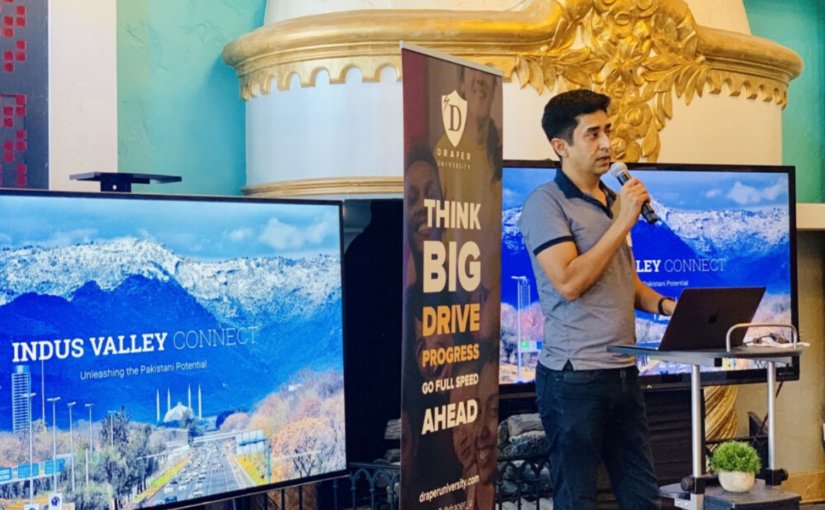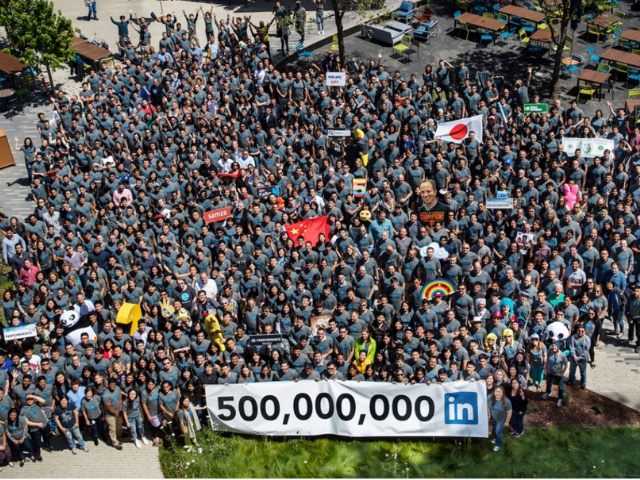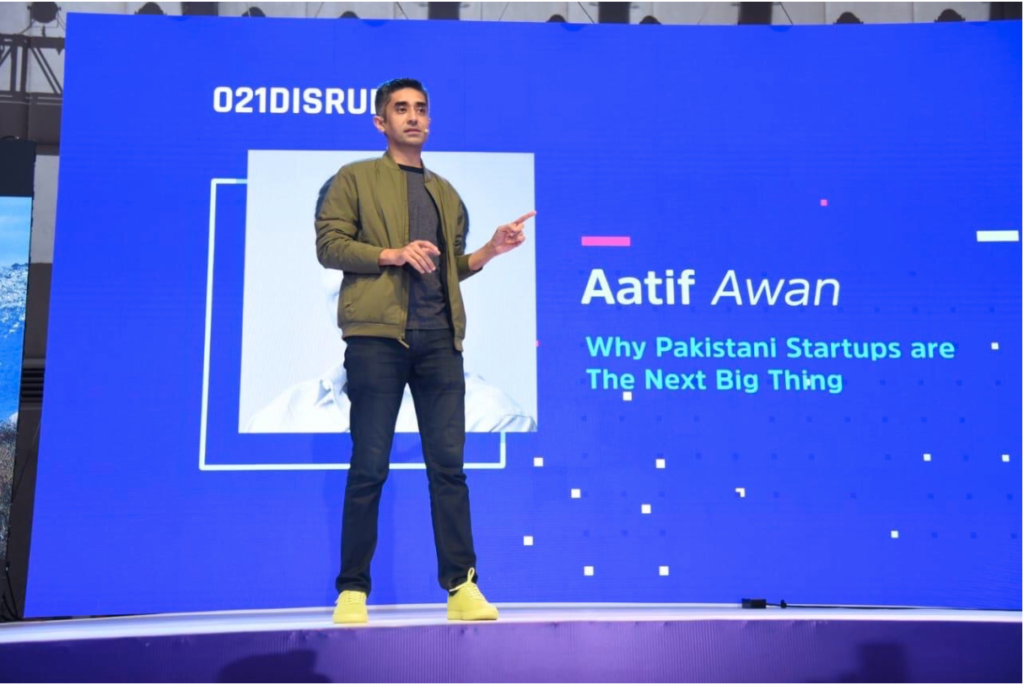By: Anam Khan
The NewsRun spoke with Anna Khan, General Partner at Charles River Ventures (CRV), to get her insights on investing, the qualities she looks for in a founder, and Pakistan’s startup ecosystem.
At CRV, one of the oldest venture capital firms in the US, Khan focuses on enterprise software and developer tools. She has invested in fast-growing startups like Storyboard, Workstream, Zip, Cord, Northspyre, Figure, and Tribe. Khan is also the Founder and CEO of Launch X, an accelerator that helps female founders learn how to raise capital for their businesses. Launch X has been featured in the Harvard Alumni Magazine and on Bloomberg Business.
She was named a Forbes 30 under 30 Venture Capital Winner in 2017. She was also the author of several industry-leading papers on the cloud ecosystem – namely the State of the Cloud, which reaches over 100k people.
Interview
1) What’s the most significant lesson you’ve learned as an investor?
After investing for more than nine years, I’ve learned that investments fall into two buckets:
- You are making a bet on the market and the team, and it’s okay if it’s early because you’re largely betting on a founder.
- You are making an investment based on the data and traction (i.e. how well has this business sold to customers, how fast is their revenue growing, and are they doing this efficiently)?
Confusing these two reasons for investing, or investing in the company when it has a bit of both, but not excelling in either, is not a recipe for success.
2) What are some of the qualities, both personal and professional, that you look for in a founder?
For me, a founder that is full of grit, but still curious about the world and the market, is a great combination.
Grit is important, because no bull market lasts forever (as we’re seeing currently). Curiosity is important, because it keeps you humble – it keeps you searching for what your next product and revenue line will be – and makes one open to hiring great executives and leaders that can help you lead and scale.
3) What are some of the qualities you look for in startups or teams?
There’s no replacement for a company that has hit product market fit. You can see it in their revenue growth, in their customer engagement, and in their calls with customers. If you aren’t sure if a company has hit product market fit, it probably hasn’t yet.
Scalability is a different problem – it’s about building processes and structure around an already working product. My investing style is more around finding companies that have hit that early product market fit – and then I can come in and help them scale it.
4) How do you make investment decisions?
There isn’t one way to make investment decisions. It really depends on the size and type of your fund. Angel investors invest behind ideas and people – and institutional investors (like myself) invest behind market theses and some sort of early traction. It really depends.
5) In your opinion, what sectors are showing the most promising investment opportunities in Pakistan?
Typically in early markets, consumer products and marketplaces are the first to attract investment funding.
This is typical, because it’s likely that the consumer TAM (i.e. total addressable market) is larger – so you can really ‘dream the dream’ of how big a company can get if it starts getting early consumer traction.
I still think there is a lot of potential in B2B (i.e. business to business) startups selling great software to fast growing businesses and large enterprises. I like these businesses, because they are strong business models. The margins are high (i.e. often 85% plus), you have recurring revenue, and if you get the right customers, you can have strong expansion long term.
Consumer and marketplace businesses can be more difficult to scale (but I’m definitely biased :))
6) What advice do you have for founders and startup teams in Pakistan looking to raise funding?
My biggest advice is to address the elephant in the room. There’s been a lot of heat around the Pakistani ecosystem, but that doesn’t change the fact that there aren’t a lot of exits in the tech ecosystem yet – and venture funding is still early.
Help the investor you pitch envision what an outcome would look like and who would be potential acquirers, or stock markets where your company could go public.
Just pitching an idea without addressing the exit scenario is tough because exits are how investors make money – you have to address it.
7) As of March 16, 2022, Pakistan’s startup sector has already raised $136 million this year. 2021 was reportedly a record-breaking year, with startups raising $350 million compared to $65 million in 2020. What are your thoughts on this momentum in Pakistan’s startup ecosystem?
My earlier answer sort of addresses this. I think venture funding is the first step, but just because a company has raised money doesn’t mean it’s going to be successful – it just means it’s bought time to figure it out.
For me, to have real conviction in the stability and scalability of Pakistan tech, I’ll have to see companies with sustainable and profitable growth long term, and real exit precedents. This has begun in Pakistan already, but we need more data points -especially as the market shifts globally.
Anam Khan is a content strategist and founder of The NewsRun.



